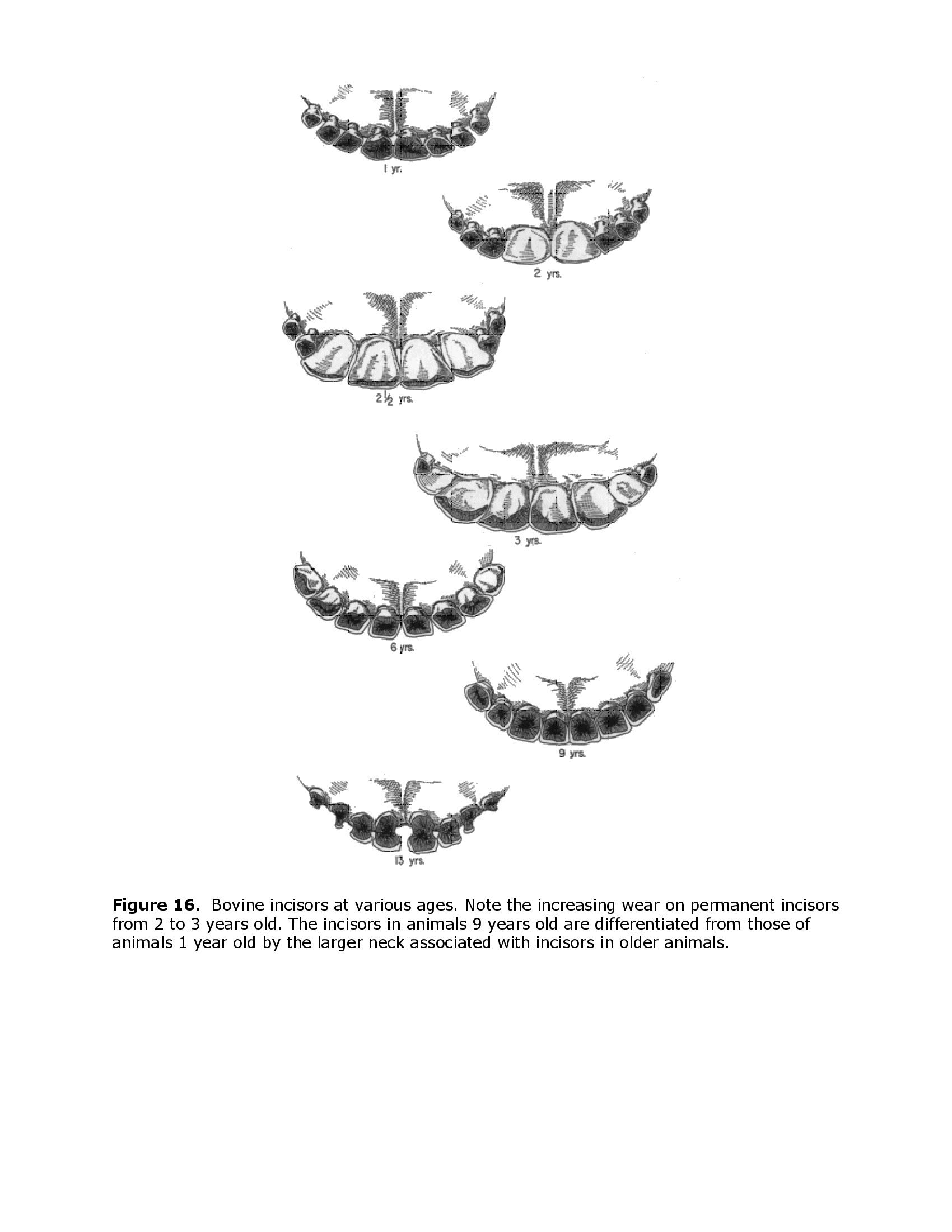The Beef Carcass Classification System
Introduction
The carcass grading system which had been in use at South African abattoirs since 1985, was replaced by a carcass classification system on 26 June 1992 (Agricultural Product Standards Act, 1990 (Act No.119 of 1990)).
Carcass grading implies that different carcass grades are graded in order of merit, from the most preferred to the least preferred grades. This system assumes that all buyers have the same preferences and needs in terms of carcass characteristics. With carcass classification, on the other hand, each carcass is allocated a class code in a manner that does not imply that a carcass in one class is more or less desirable than a carcass in any other class. The buyer s a carcass according to his own needs and preferences, according to the carcass characteristics within a class.
It is noteworthy that carcasses can be classified or graded according to the same set of pre- ed carcass attributes. In practice this means that a buyer can choose lower grade carcasses in the grading system if such carcasses better suit his needs and preferences. The difference between grading and classification is subtle, and there are those who believe that the dissimilarities are of academic interest only. On the other hand, it has been demonstrated that a large number of consumers prefer to make their own decisions as to what is desirable, and to choose what they want. A classification system would satisfy such consumers, but only if the ion criteria reflect their preferences. There are buyers who are not willing to spend time learning about or ing meat and merely "want the best". A grading system would serve this latter group of consumers adequately.
Numerous surveys conducted in South Africa have shown that the consumer (the housewife) has little knowledge or understanding of the grading system. The beef grading system was largely used by butchers to buy the type of meat they believed their customers wanted.
Carcass attributes recorded in the carcass classification system (1992)
For the classification system, the following carcass attributes are recorded:
§ Carcass mass (kg)
§ Age of the animal (A, AB, B or C)
§ Fat content of the carcass (0 to 6)
§ Carcass conformation (1 to 5)
§ Damage to the carcass (1 to 3)
§ Only in the case of bulls in the B and C grades is the sex of the animal recorded
Carcass mass
The carcass mass is the cold mass (or cold dressed mass) of the carcass after refrigeration. The mass is expressed in kilograms. Carcasses are auctioned at controlled abattoirs as cents per kilogram cold carcass mass. Carcass value is a function of price per kilogram and the cold carcass mass.
Cold carcass mass is 2 to 3% less than carcass mass determined immediately after slaughter.
Age of the animal
Dentition is used to divide carcasses into four age categories:
|
A AB B C |
0 teeth
1 to 2 tooth 3 to 6 tooth more than 6 teeth |
Cattle cut their first permanent incisors at 1 to 2 years of age (Figure 1). The ruling is that when the first permanent incisor breaks the skin, the tooth is deemed to have erupted and the carcass of the relevant animal is classed as B age group i.e. it is no longer 0 tooth. Two- tooth animals have been allocated their own class, i.e. AB. The fourth incisor (which is a modified canine tooth) erupts at 3 to 4 years of age, at which stage the carcass of the animal will be placed in the C age category.
The first pre-molar tooth erupts at 5 to 6 months of age. Carcasses are classed as veal until the first pre-molar erupts, after which the carcass falls in the A age category.
Fat content
Following a visual assessment of carcass fat content and fat distribution by a trained official, carcasses are assigned to one of 7 fat classes (0 to 6) (Table 18).
Table 18. Description, percentage subcutaneous fat and fat thickness for the respective fat classes in the classification of beef carcasses.
|
Fat class |
Description |
Subcutaneous fat
(%) |
Fat thickness
(mm) |
|
0 1 2 3 4 5 6 |
No fat Very lean Lean Medium Fat Overfat Excessively fat |
3.3 4.1 5.2 6.3 7.3 7.8 |
0 <1 1 to 3 >3 and <5 >5 and <7 >7 and <10 >10 |
Carcass conformation
Following visual assessment of carcass conformation by a trained official, carcasses are assigned to one of 5 conformation classes (Table 19).
Table 19. Description and conformation class of carcasses in the classification of beef carcasses.
|
Conformation class |
Description |
|
1 2 3 4 5 |
Very flat Flat Medium Round Very round |
Gender
Excluding carcasses in the A age category, all bulls are marked with the code M/D.
Hides and offal
Offal includes the head, tongue, heart, lungs, liver, pancreas, all the intestines, kidneys, udder, testicles, trotters and tail. The total value of offal is calculated as the quoted price for offal (which is given as cents per kg carcass mass), multiplied by the cold carcass mass of the carcass.
The mass of offal can be taken as equivalent to 30% of cold carcass mass.
Hides from animals with the same live mass can vary, but can be taken as equivalent to 12% of cold carcass mass. Hides are graded and the value of a hide is obtained by multiplying the quoted price for the relevant hide-grade by the mass of the hide.
Discussion
The carcass classification system was developed from the carcass grading system and the attributes employed to classify carcasses are identical to those used for carcass grading. The age groups remain the same, with the addition of the AB class. There are more classes, however, than there were grades. Within each age group, there are 7 classes, whereas there were only 4 grades for each age group in the grading system (Super A/Prime B/Top C with 3 to 7 mm fat, A1/B1/C1 with 1 to 3 mm fat, A2/B2/C2 with more than 7 mm fat and A3/B3/C3 with 0 to 1 mm fat). Many carcasses which were condemned for emaciation in the grading system, are classed Fat Code 0 in the classification system. With the classification system, only extremely emaciated carcasses are condemned.
Previously, carcasses displaying signs of masculinity were down-graded. In the classification system, apart from marking carcasses as coming from male animals in the B and C age categories, carcasses are not allocated to other classes if they exhibit male characteristics.
The new classification system is merely a change of emphasis, in comparison to the old grading system. This should not be seen as a weakness of the new system, but rather as a strong point. The new system, like the old, is based on known scientific fact concerning carcass traits. The improvement is that the new system has taken the evolutionary development of the old grading system a step further. The classification system is less complicated than the grading system. In the classification system, the consumer decides on
an age class and then looks for the desired fat thickness class, which is numbered in sequence from low to high fat content. In contrast, in the grading system, fat content and conformation together determined the carcass grade and the grades were not numbered in a logical sequence. For example, in the A age category, very lean carcasses were A3, lean carcasses A1 and overfat carcasses were graded A2.
For all practical purposes, in the classification system the factors a buyer takes into consideration when buying a beef carcass are the carcass mass, age category, fat code, amount of damage and masculinity in the case of B and C age groups. Some buyers take conformation into account.
The AB class makes provision for cattle to be raised on veld to a marketable fat cover, because, in young animals (no incisors) an acceptable fat cover is not achieved on most veld types without concentrate feeding.


.jpg)






